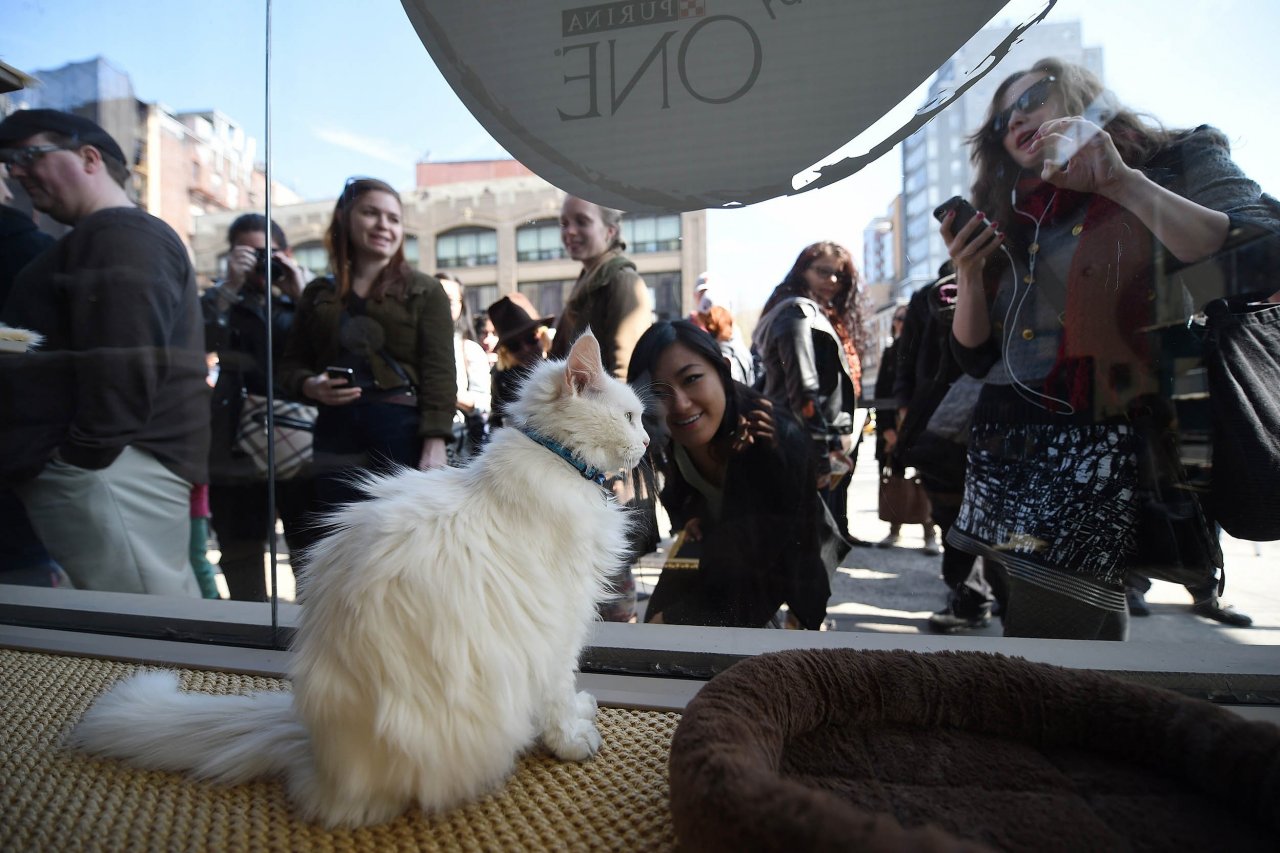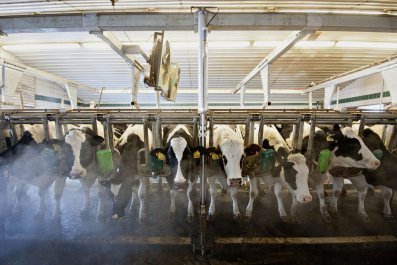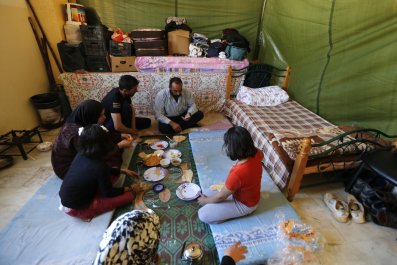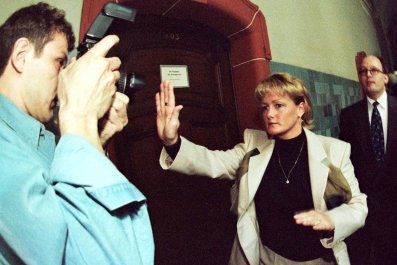YouTube is full of them: fat cats dancing, fat cats standing up and fat cats stuck in tubs. One fat cat is on a treadmill, another's owners called the police when it trapped them in the bathroom, and one unfortunate flabby kitty, sprawled on a sofa, has had over 22 million views.
But Stijn Niessen, of the Royal Veterinary College's Queen Mother Hospital in London, who runs Britain's first clinic to study feline diabetes, wants to make one thing clear: cat fat is not funny. Just like overweight people, hefty cats are at serious risk of diabetes. Estimates suggest that 50 - 60 percent of urban cats and 25 percent of rural cats are now obese. "Obese means 20 percent overweight," says Niessen, "which is quite easy to see on yourself in the mirror. It's much harder for pet owners. It can hide, particularly around the tummy, under fluff."
Niessen now hopes that his research will have implications for human treatment. Insulin itself was only discovered as a result of research in dogs. ''These animals are wandering around our sitting rooms suffering from the same diseases as us and I think there are lessons to be learned," he says. "They get the same spontaneously occurring type 2 disease and it is as huge problem for them as it is for us."
The impact diabetes has on the U.S. health care system can scarcely be exaggerated; the disease attacks every organ and causes endless complications from heart attacks to kidney transplants, costing an estimated $245 billion every year. Niessen is keen to stress, however, that treating cats with the aim of helping humans isn't the same as animal testing: "I am a vet and I want to find solutions for cats too. It's as much a problem for pets as it is for us."
So how fat is too fat? You should be able to see a cat's waist, ribs and tummy tuck, says Neissen. A plump cat is a pathetic creature. "They feel more vulnerable. They can't run away from dogs as easily, they can't groom themselves, they can't reach as far. Their quality of life is decreased." Fat cats are victims of a killer combination of kindness and kitty food. "Cat owners often mistake feeding for love," Niessen says. "The feeling is that if you love your cat you will feed it, rather than limit its food intake." As cats don't come with a manual, not only do owners find their cats' chubbiness amusing, they often celebrate it.
Cats are in the same predicament as humans: their environment is no longer compatible with their genes. They are built to hunt and intermittently munch on kill such as small rodents—not to stuff themselves full of carbohydrates three times a day. A cat's diet should mimic what they ate in their hunting days, with an emphasis on protein and no excessive calories. And it should eat once a day, rather than breakfast, lunch and dinner.
Diabetes causes multiple health problems for cats. They can get arthritis, a result of inflammation caused by diabetes. The MC4R gene, which causes an inefficiently high level of satiety in humans, is found in an altered version in cats. Niessen explains: "The pancreas gets exhausted. In times of famine, those who were greedy and could store glucose survived longest. Now they get diabetes."
As cats and humans share genes, and the same lifestyle/diet imbalance, the possibilities for discovery are immense. Already Niessen has had some interesting early results testing different forms of insulin on cats and is constantly looking for volunteer animals. "We randomly assign the tests, but we are the gold standard in internal medicine for companion medicine. They get top care, for a while in here and then at home," he says. Cats come to him via vets, the equivalent of internists for humans.
But how do the owners feel about all this? "Cat owners aren't guilty. It's important to stress that. Many owners don't realise they're doing anything wrong until the health problems start. Generally they are very enthusiastic because their cat is getting the best possible treatment, and Fluffy's helping to find a cure for feline, and possibly human, diabetes."
Cathie Radcliffe's orange and white cat, Bumble, is diabetic and taking part in one of Niessen's trials. Of her three cats, Bumble always found his way to the bowl first and tried to elbow the others out the way. "Bumble had an overweight phase because he used to trawl around other people's homes looking for food and a little old lady nearby used to put out treats for him. And he always had an enormous appetite," Radcliffe says.
As she points out, it is impossible to monitor precisely what an outdoor cat actually eats. After medical tests, Bumble started on insulin, which is helping him, Radcliffe says. "He's not distressed, and if other good things come of it, all the better." After a few days in hospital, Bumble is now at home, but confined to the indoors to make sure he doesn't top up his own diet. Although, even that isn't failsafe – he was found polishing off a cheesy baguette he'd stolen from the kitchen the other day.
























